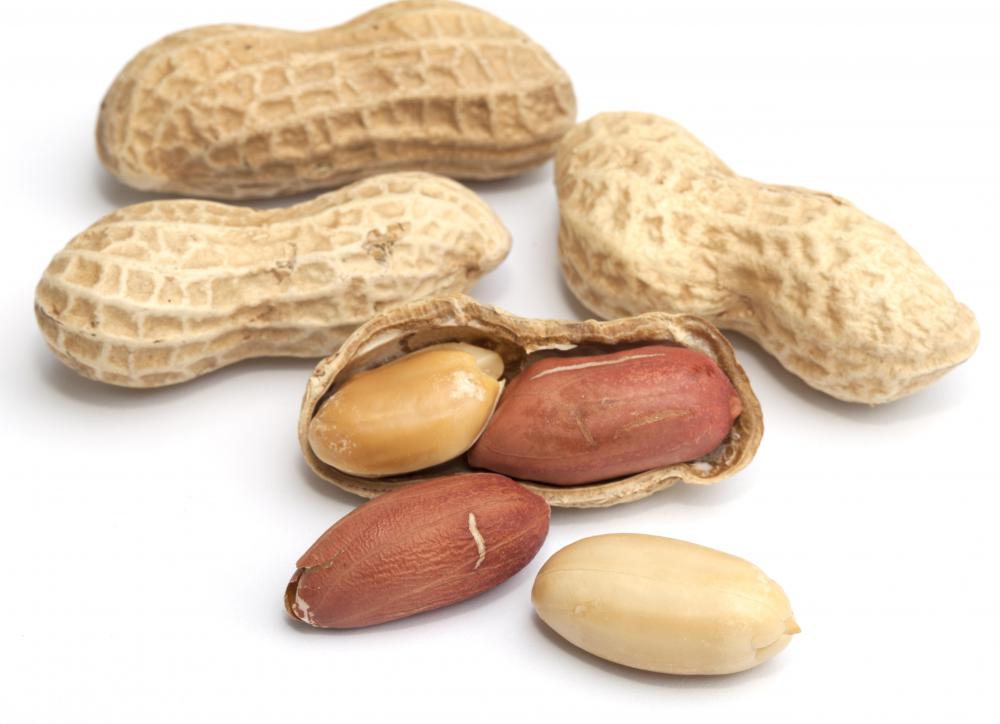At WiseGEEK, we're committed to delivering accurate, trustworthy information. Our expert-authored content is rigorously fact-checked and sourced from credible authorities. Discover how we uphold the highest standards in providing you with reliable knowledge.
What are the Symptoms of Hypoglycemia in Children?
Characterized as low blood sugar, or lower-than-normal blood glucose levels, hypoglycemia in children is often a sign of a more serious issue. This condition typically affects newborns, but it is also found in children who have diabetes or who are suffering from hyperinsulinism. Parents or teachers who suspect that any of their children or students are affected by hypoglycemia can look for several common signs. The main symptoms of hypoglycemia in children include trembling, rapid heart rate, nausea, pale skin and excessive sweating. When children suffer from this problem for long periods of time, the symptoms typically include personality changes and mental issues.
Hypoglycemia in children can be easily treated if the signs are noticed early. Some of the very first symptoms, or primary symptoms, are caused by the child’s nervous system releasing epinephrine. These types of symptoms might include shakiness or trembling as well as a rapid heart rate. Other primary symptoms include the child having a pale skin color and excessive sweating.

Some other primary symptoms of hypoglycemia in children are nausea or vomiting. Other children report feeling nervous, and their parents think they are having anxiety attacks. Many children feel strong hunger pains, and others might feel physical weakness.
When hypoglycemia in children is not recognized, the symptoms can change and evolve into different sensations. For example, some children who remain untreated might begin to report regular headaches or changes in vision. This typically is caused by the regular occurrence of the brain’s glucose levels being at low levels. These types of symptoms might also include sleepiness and irritability.

Many teachers misunderstand other common symptoms of hypoglycemia in children. Some of these symptoms are the inability to focus, pay attention or concentrate. They might also include personality changes, mental confusion and vision problems. Teachers who are unaware of the cause of the problem might think that the child has behavioral issues rather than a valid medical condition.

Untreated hypoglycemia in children can lead to other serious symptoms that affect a child’s nervous system. These symptoms include tingling sensations around the mouth and jerky or clumsy movements. If hypoglycemia is not treated, it can lead to serious brain injuries or seizures.
People who think their child might be suffering from hypoglycemia should take him or her to a pediatrician or family physician for tests. Children who have diabetes can remedy hypoglycemia by eating or drinking something with sugar in it, such as candy or orange juice. Children who do not have diabetes can treat hypoglycemia by eating frequent, small meals as well as avoiding foods that are high in carbohydrates.
AS FEATURED ON:
AS FEATURED ON:















Discuss this Article
Post your comments